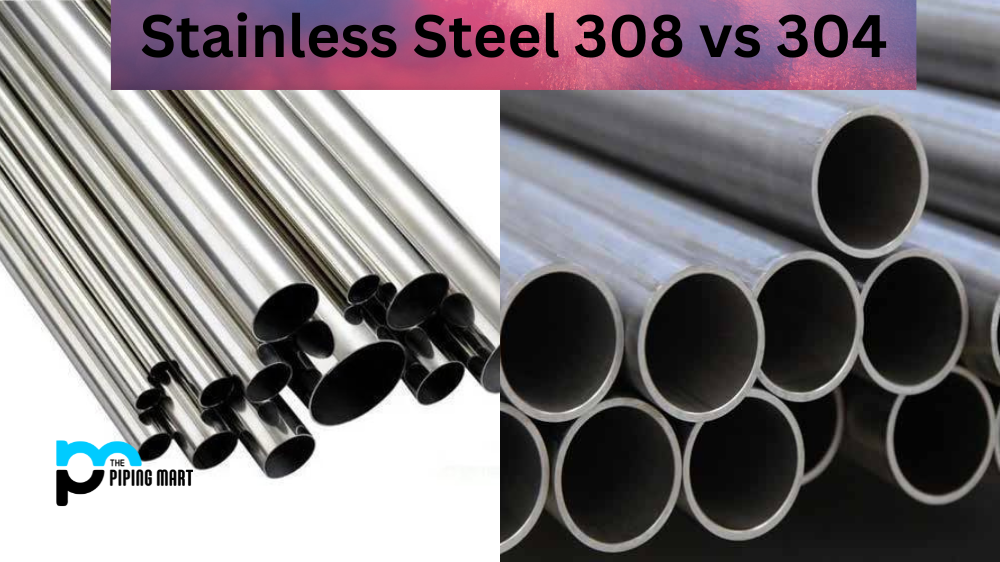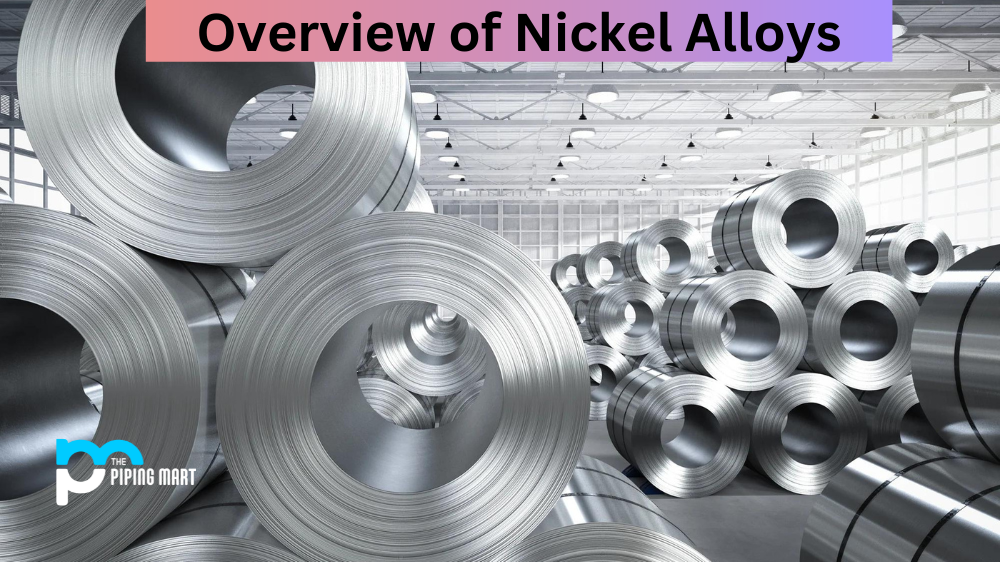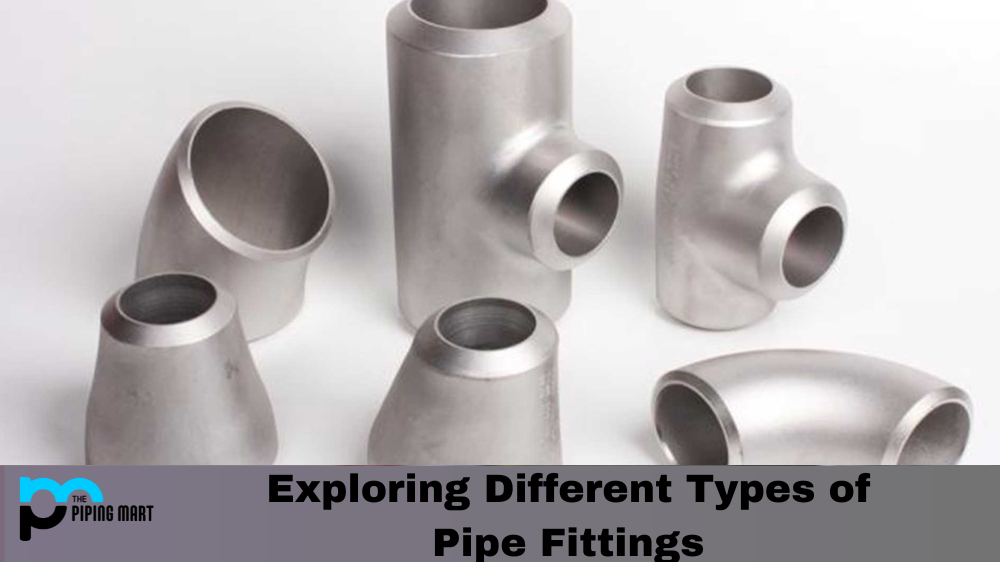Stainless steel is widely used in various industries, from construction and automotive to the food and medical industries. Its popularity stems from its excellent corrosion resistance, strength, and durability. Two of the most commonly used stainless steel alloys are Nitronic 60 and 304. These high-performance alloys offer unique advantages, making them suitable for different applications. This blog post will compare Nitronic 60 and 304 based on their properties, performance, and applications.
What is Nitronic 60?
Nitronic 60 is a high-strength austenitic stainless steel alloy that contains 8% to 9% nickel and 16% to 18% chromium, adding nitrogen, manganese, and molybdenum. Nitronic 60 offers excellent corrosion resistance, good toughness, and high work hardening rate. It is also resistant to galling, erosion, and wear. Nitronic 60 is used in various industries, such as petroleum, chemical, and marine, where high-stress resistance is required.
What is 304?
304 is a commonly used austenitic stainless steel alloy that contains 18% to 20% chromium and 8% to 10.5% nickel. 304 is known for its excellent corrosion resistance, high-temperature strength, and formability. It is widely used in the food, pharmaceutical, and chemical industries, where corrosion resistance and hygiene are essential.
Difference Between Nitronic 60 and 304 Stainless Steel
Difference in Composition
One of the primary differences between Nitronic 60 and 304 stainless steel is their composition. Nitronic 60 contains higher levels of chromium, manganese, silicon, and nitrogen, while 304 stainless steel contains higher levels of chromium and nickel. This difference in composition gives Nitronic 60 better overall corrosion resistance than 304 stainless steel.
Properties Comparison
The key difference between Nitronic 60 and 304 is in their composition. Nitronic 60 contains nitrogen, which reduces the formation of chromium carbides that can lead to intergranular corrosion, making it highly resistant to several types of pollution. In contrast, 304 is susceptible to intergranular and pitting corrosion in chloride environments. Nitronic 60 is more substantial than 304, making it suitable for high-stress environments. However, 304 has higher formability and weldability than Nitronic 60.
Performance Comparison
Nitronic 60 has a higher wear resistance than 304, making it suitable for applications such as pump parts, valve stems, and bearings in extreme environments. Nitronic 60 also has good thermal stability and can perform well at high temperatures, making it suitable for applications such as gas turbine components. In contrast, 304 is known for its excellent corrosion resistance and hygienic properties, making it ideal for the food and pharmaceutical industries.
Applications
Nitronic 60 is commonly used in applications that require high-stress resistance, such as valves, springs, and gears in the petroleum and chemical industries. It is also used in marine applications, where corrosion resistance is essential. Meanwhile, 304 is used in various applications, including food and chemical processing equipment, kitchen appliances, and automotive parts.
Conclusion
Nitronic 60 and 304 are high-performance stainless steel alloys with unique properties and applications. Nitronic 60 is known for its high-stress resistance, wear resistance, and thermal stability, making it suitable for extreme environments such as the petroleum, chemical, and marine industries. On the other hand, 304 is widely used in the food, pharmaceutical, and chemical industries, where corrosion resistance and hygienic properties are essential. Choosing the suitable stainless steel alloy for your application depends on several factors, including the nature of the environment, stress requirements, and corrosion resistance. By understanding the characteristics of these alloys, you can make an informed decision for your specific application.

Abhishek is a seasoned blogger and industry expert, sharing his insights and knowledge on various topics. With his research, Abhishek offers valuable insights and tips for professionals and enthusiasts. Follow him for expert advice on the latest trends and developments in the metal industry.




